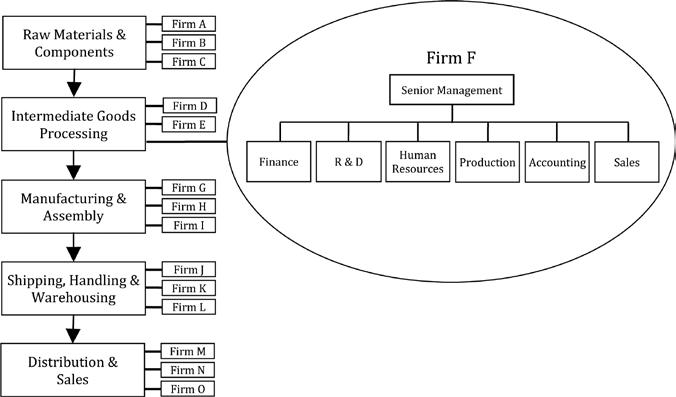Chapter 14
Contracts
In the previous chapter we examined the several key concepts related to the bargaining process, including value creation and division, bargaining with symmetric and asymmetric impatience, and the last-mover’s advantage. In many business settings, once negotiations are completed, it is time to prepare a contract. The contract is a defining characteristic of many business and economic relationships. It is a formal agreement that obligates the parties to perform, or refrain from performing, a specified act in exchange for something of value. Labor contracts summarize negotiations between firms and workers over wages, health benefits, work assignments, and so on. Loan contracts between lenders and borrowers specify interest rates, debt service payments, collateral requirements, and restrictive covenants. Contracts between firms and resource suppliers stipulate input prices, raw materials and components specifications, and delivery schedules. Homeowners sign service contracts with landscapers, building contractors, personal and property security providers, and insurance companies. Nations sign bilateral and multilateral treaties that define tariffs, intellectual property rights, human rights, laws of the sea, environmental regulations, military cooperation, and international security agreements. Contracts are important because they reduce uncertainty by clearly specifying the obligations of the contracting parties. Contracts are necessary because many business relationships resemble prisoner’s-dilemma-type games—each player benefits from cooperation, but each has an incentive to violate the terms of the agreement. If this were not the case, legally binding written contracts would be replaced with verbal agreement and a handshake.1 A contract can transform an unstable coalition into a Nash equilibrium by changing the payoffs in the event of a breech. 355




